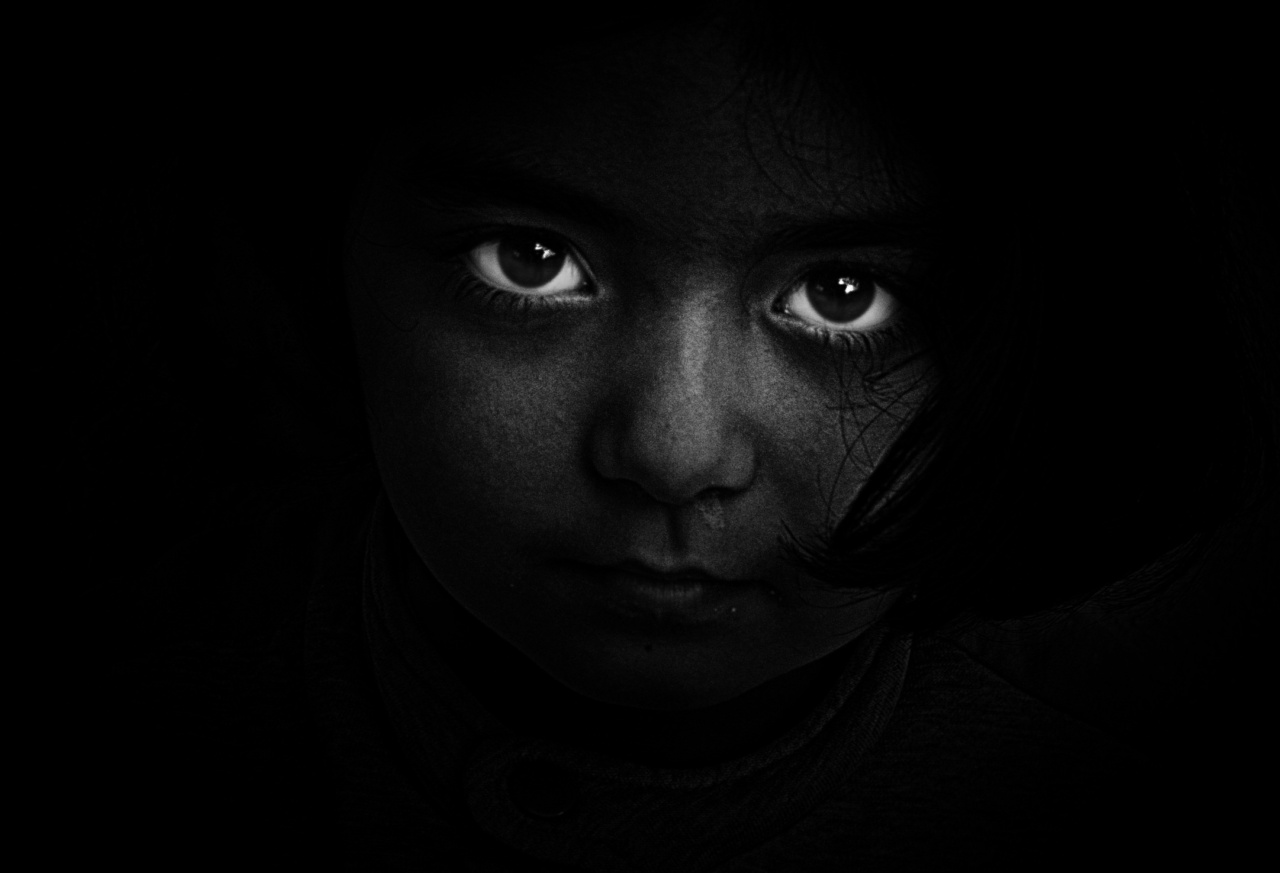Melanoma is a type of skin cancer that originates from the melanocyte cells that produce pigment in the skin. It is the deadliest form of skin cancer, responsible for more than 75% of skin cancer deaths.
While it is widely known that the sun’s ultraviolet (UV) radiation is a major cause of skin cancer, there are many hidden dangers associated with UV radiation that most people are unaware of. In this article, we will explore the dark side of melanoma, including some of the hidden risks associated with UV radiation.
What is UV Radiation?
UV radiation is a type of energy that is emitted by the sun. It is invisible to the naked eye, but it can cause damage to the skin and eyes. There are three types of UV radiation: UVA, UVB, and UVC.
UVA penetrates deep into the skin and is the primary cause of skin aging and skin cancer. UVB is responsible for sunburns and is also a major contributor to the development of skin cancer. UVC is blocked by the earth’s atmosphere and does not reach the earth’s surface.
Hidden Risks of UV Radiation
While it is well known that UV radiation can cause skin cancer, there are other hidden risks associated with the sun’s rays that are not commonly understood.
For example, UV radiation can damage the DNA of skin cells, leading to cellular mutations that can result in skin cancer. It can also suppress the immune system, making it more difficult for the body to defend itself against cancer cells.
Another hidden risk of UV radiation is its ability to penetrate through clouds and clothing. This means that even on cloudy days, UV radiation can still penetrate the skin, causing damage that can lead to skin cancer.
It is also possible to get sunburned through clothing, especially if the clothing is wet or thin.
Preventing Skin Cancer
Preventing skin cancer starts with protecting your skin from the sun’s harmful rays. This means wearing protective clothing, such as wide-brimmed hats and long-sleeved shirts, when you are outdoors.
It also means using sunscreen with an SPF of 30 or higher, and reapplying it every two hours, or more often if you are swimming or sweating.
It is also important to avoid tanning beds, as they emit UV radiation that can be just as harmful as the sun’s rays. Tanning beds have been linked to an increased risk of skin cancer, including melanoma.
Skin Cancer Prevention Tips
To reduce the risk of skin cancer, here are some tips to keep in mind:.
- Wear protective clothing, such as hats and long-sleeved shirts
- Use sunscreen with an SPF of 30 or higher, and reapply it every two hours, or more often if you are swimming or sweating
- Avoid tanning beds, as they emit UV radiation that can be just as harmful as the sun’s rays
- Stay in the shade, especially between the hours of 10 a.m. and 4 p.m., when the sun’s rays are strongest
- Check your skin regularly for any changes or unusual moles, and see a dermatologist if you notice anything suspicious
Conclusion
Melanoma is a growing concern in our society. While it is well known that the sun’s UV radiation is a major contributor to the development of skin cancer, there are many hidden risks associated with UV radiation that most people are unaware of.
By taking the necessary precautions and protecting your skin from the sun’s harmful rays, you can reduce your risk of skin cancer and help maintain healthy skin for years to come.

























